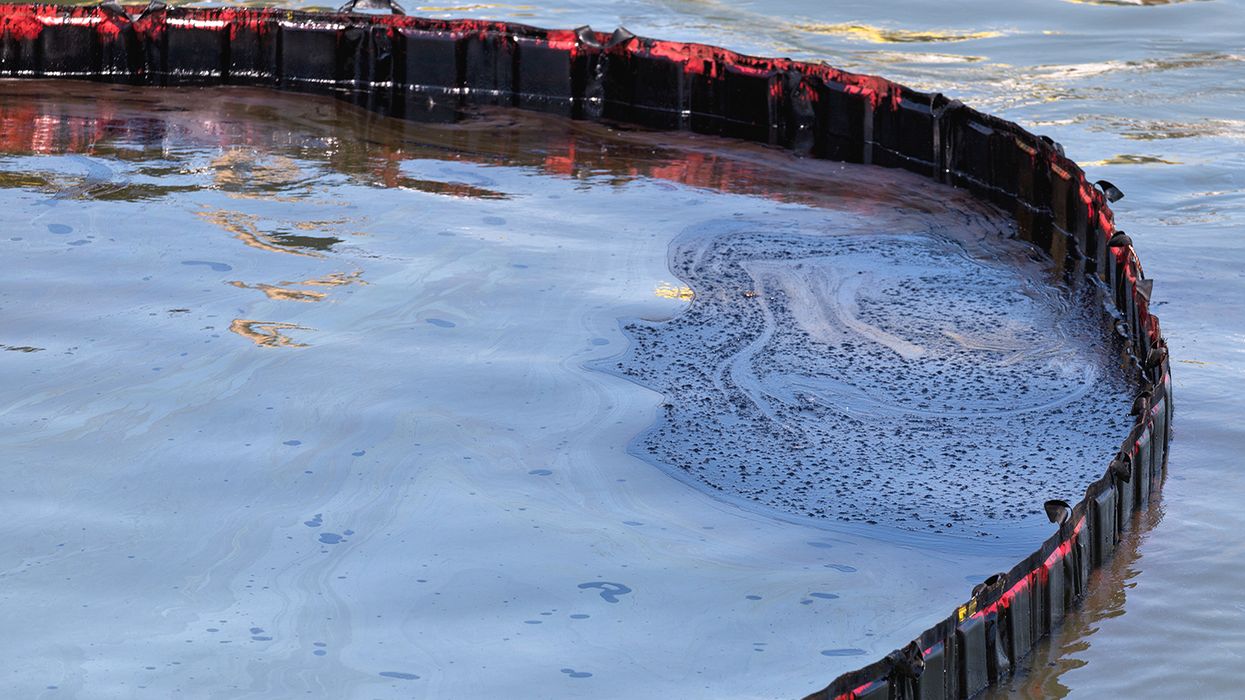Alaska-specific: Oil Discharge Prevention and Contigency Plan


The State of Alaska presents a unique set of characteristics that have created the need for an equally unique set of contingency planning requirements. The state is known for its pristine natural environment, a priority to protect. At the same time, the state has an active oil and gas industry, presenting increased risks of oil release. Last, complicating it further, the state is subject to harsh winter weather and is a seismically active region.
This Fact File lays out the spill prevention and planning requirements that Alaska has put in place to protect the state’s environment and compares how those differ from federal regulation.
The federal Spill, Prevention, Control, and Countermeasure (SPCC) Plan rules apply to activities in Alaska, but the “Last Frontier State” has taken additional steps to protect their waters from chemical releases. In addition to the federal SPCC, Alaska has implemented a state spill prevention, preparedness, and response program, referred to as the “PPR program”.
In Alaska, an approved state contingency plan is required for facilities meeting certain criteria. Depending on applicability, a source may be required to prepare a federal SPCC Plan and a state contingency plan. Those sources can develop and submit a single plan that meets requirements of both state and federal regulatory agencies. In addition to a state contingency plan, Alaskan regulations also include requirements for additional actions, including emergency response drills and approved financial responsibility.
Different from the federal SPCC program, the State of Alaska requires an approved Oil Discharge Prevention and Contingency Plan (ODPCP) for certain facilities. Federal SPCC plans do not have to be approved by a regulatory agency. Also different from federal SPCC requirements are the type of sources that require a state ODPCP. Alaska requires a state contingency plan from the following:
An ODPCP facility must be able to carry out the spill prevention and response strategies described in the contingency plan, response exercises are commonly used to test and prove compliance with this requirement. Oil spill response exercises are defined in Title 18 Alaska Administrative Code section 75.485, which is where the nickname “485 exercise” comes from. ADEC may conduct announced or unannounced discharge exercises with plan holders up to twice a year.
Financial assurance is common in many environmental programs, but with the Alaskan PPR program this element is even more stringent. Financial responsibility for regulated facilities must be approved by ADEC. With limited exceptions, a facility must submit an application for financial responsibility at least 15 days prior to operation of a covered facility.
40 CFR 112 - Federal oil pollution prevention regulations (Spill, Prevention, Control, and Countermeasure (SPCC) Plans)
18 Alaska Administrative Code (AAC) 75.005 to 75.085 - State oil pollution prevention requirements
Alaska Statutes (AS) 46.04.010 to 46.04.900 - Oil and Hazardous Substance Pollution Control
“Oil” means oil of any kind and in any form, whether crude, refined, or a petroleum by-product, including petroleum, fuel oil, gasoline, lubricating oils, oily sludge, oil refuse, oil mixed with other wastes, crude oils, liquefied natural gas, propane, butane, or other liquid hydrocarbons regardless of specific gravity;
A release from a crude oil production line was observed in February 2015, Alaska Department of Environmental Conservation’s (ADEC’s) was notified approximately two hours after of the discovery. Engineering calculations estimated that as much as 14,238 gallons (339 barrels) of produced fluids including crude oil and produced water were released to the pad and tundra.
Response included a unified command with team members from the responsible party, ADEC, Federal EPA, and North Slope Borough. The well-coordinated response was in part due to the inclusion of the pipeline in the Alaska Federal and State Preparedness Plan for Response to Oil and Hazardous Substance Discharges and Releases (that has since been superseded by the Alaska Regional Contingency Plan).
